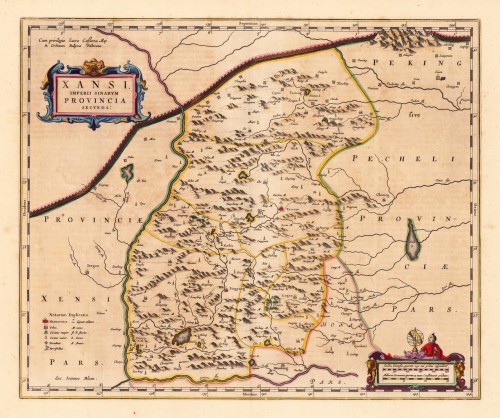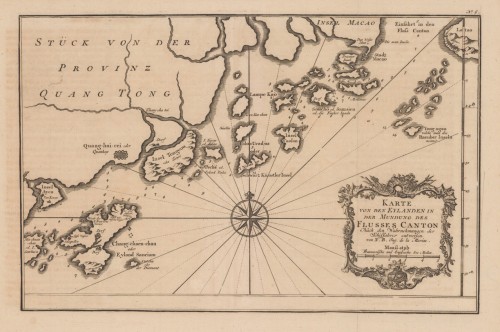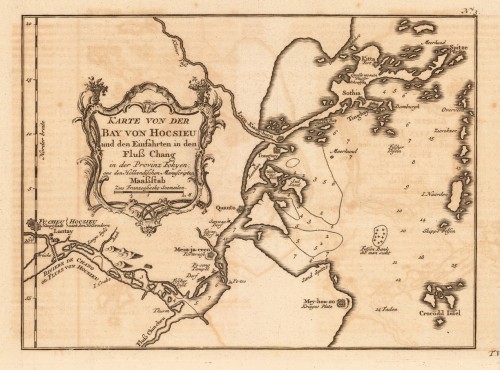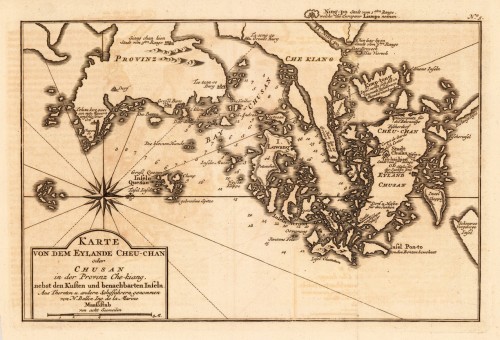Hassenstein, B.
Przewalskis Reise durch die Gobi-Wüste und den Kwen-Lun nach Tibet und zum Kuku-Nor 1879 u.1880. Reduktion der...
- Published: Gotha
- Published date: 1883
- Technique: Lithograph / Original color.
- Issue date: 1883
- Type: map
- Size: 485 by 370mm (19 by 14½ inches).
- Stock number: 27276
- Condition: In excellent condition.
Article description
Lithograph, original color in outline and wash. August Heinrich Petermann (born April 18, 1822 in Bleicherode; † September 25, 1878 in Gotha (suicide)) was one of the most famous geographers and cartographers of the 19th century. August Petermann is considered an excellent, internationally highly respected cartographer. After his training in Potsdam he worked in Edinburgh with Alexander Keith Johnston with British scholars, navigators and explorers on the English edition of Berghaus' Physical Atlas. His maps of population density and the spread of cholera in England stand out from the London era, illustrating not only social aspects of infectious diseases in the early stages of their medical research. With them, Petermann joined the founding generation of thematic maps. With the maps for Petermanns Mitteilungen, such more topographical characters come to the fore. The publisher of the magazine benefited from innovations in card technology in Gotha: Bernhardt Perthes (1821–1857, grandson of the company founder) had developed an electro-chemical process for duplicating copperplate plates with electroplating, which drastically reduced the amount of work and time required allowed the production of map excerpts. Emil von Sydow had brought color lithography to production maturity in card manufacture, which also increased productivity and made it possible to use color on a broad scale for conveying information in cards. After more than a decade of practice, both card technologies had their teething problems and the combination of both techniques in card production behind them. With great organizational talent, Petermann turned this lead into a best seller. Since Petermann not only reconstructed the travel routes but also integrated them into maps, many authors saw this as a great advantage and turned to the communications for the purpose of implementation, which was usually done quickly and in an appealing quality. No magazine was published without a map insert, and 25 to 35 map inserts were published per year. The development effort for this was comparable to that for a school atlas. The synthetic approach in the presentation of the new discoveries sometimes brought hypothetical aspects with it, which led to annoyance or even controversy between the authors and the very self-confident editor. These maps were not only used for communications, they were also important sources for the three revised editions of Stieler's Hand-Atlas, in which Petermann played a decisive role. The redesign of the hand atlases is thanks to his influence. The scales were converted to the international metric system. In addition to the politico-geographical statements, physical-geographical statements such as the representation of deserts, periodically water-bearing rivers, numbers for sea depths, height numbers, names of peaks, etc. have been added to larger-scale additional maps for areas of high population density. With the growth of cities in the 19th century, the representation of places became more dense, and an objectified, leaner, but still legible font was developed for the increased names. In Hermann Berghaus and Carl Vogel (1828–1897), Petermann was assisted by outstanding cartographers, and Vogel in particular developed a significantly improved relief representation in hatches. The high content density and display quality repeatedly resulted in complaints about black copies. The development of the atlas maps in the division of labor between up to seven map processors, engravers, lithographers, printers and other workers required the development of a specific business organization. The changeover from the publishing system to the factory system, begun by publisher Bernhardt Perthes, also required Petermann's organizational talent after his early death. But experts at Gothaer Anstalt disagree with the view that Petermann had a managerial function. It cannot be overlooked that Petermann developed little sense for theoretical questions of cartography and he faced the upswing in the natural sciences of his time as an autodidact. (Wikipedia)






